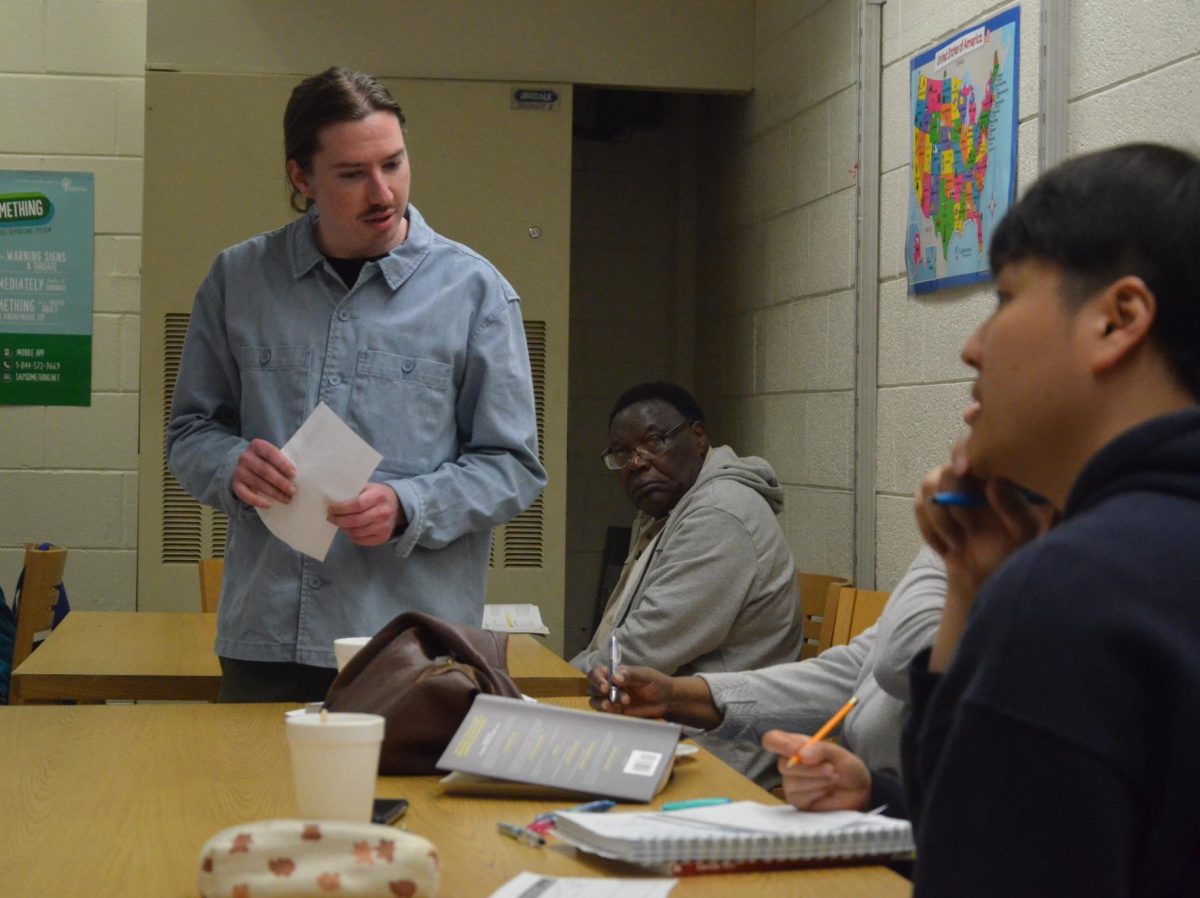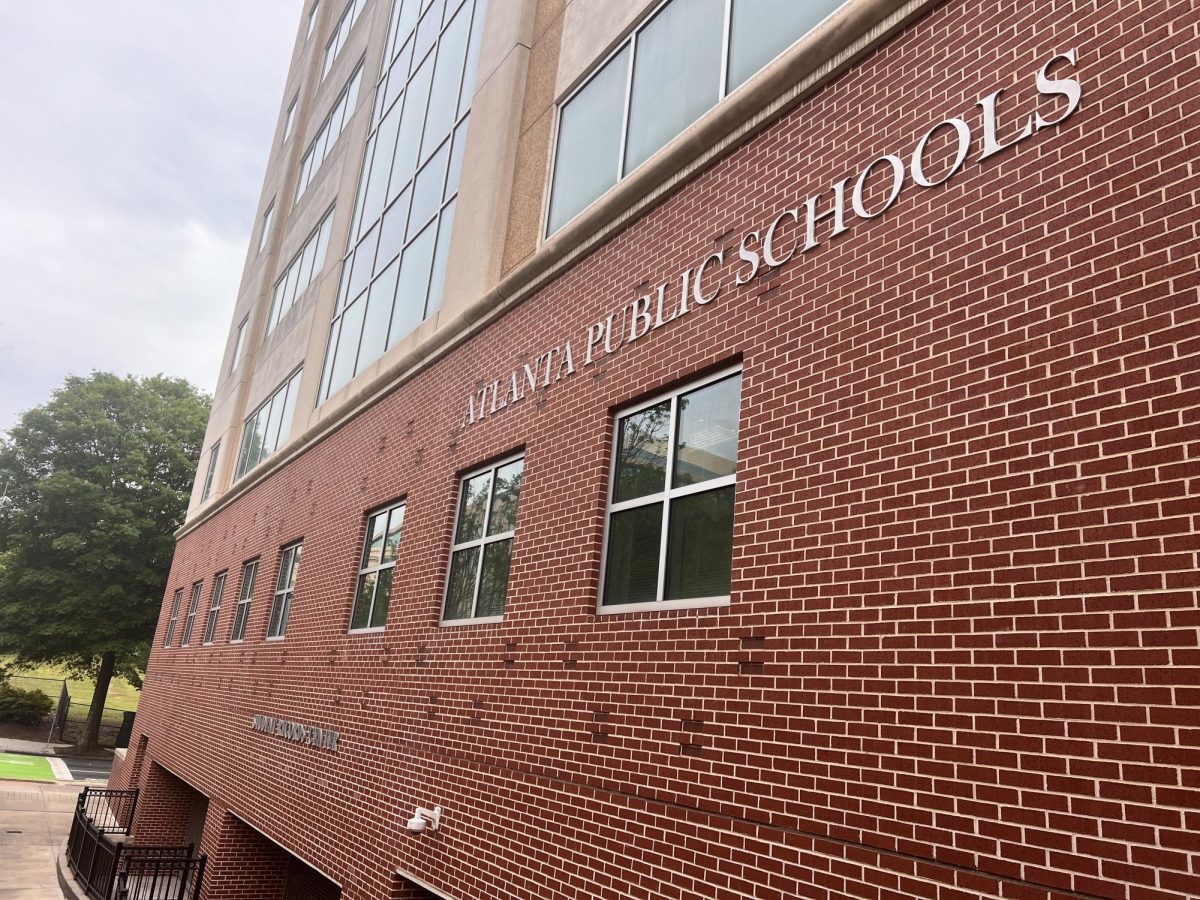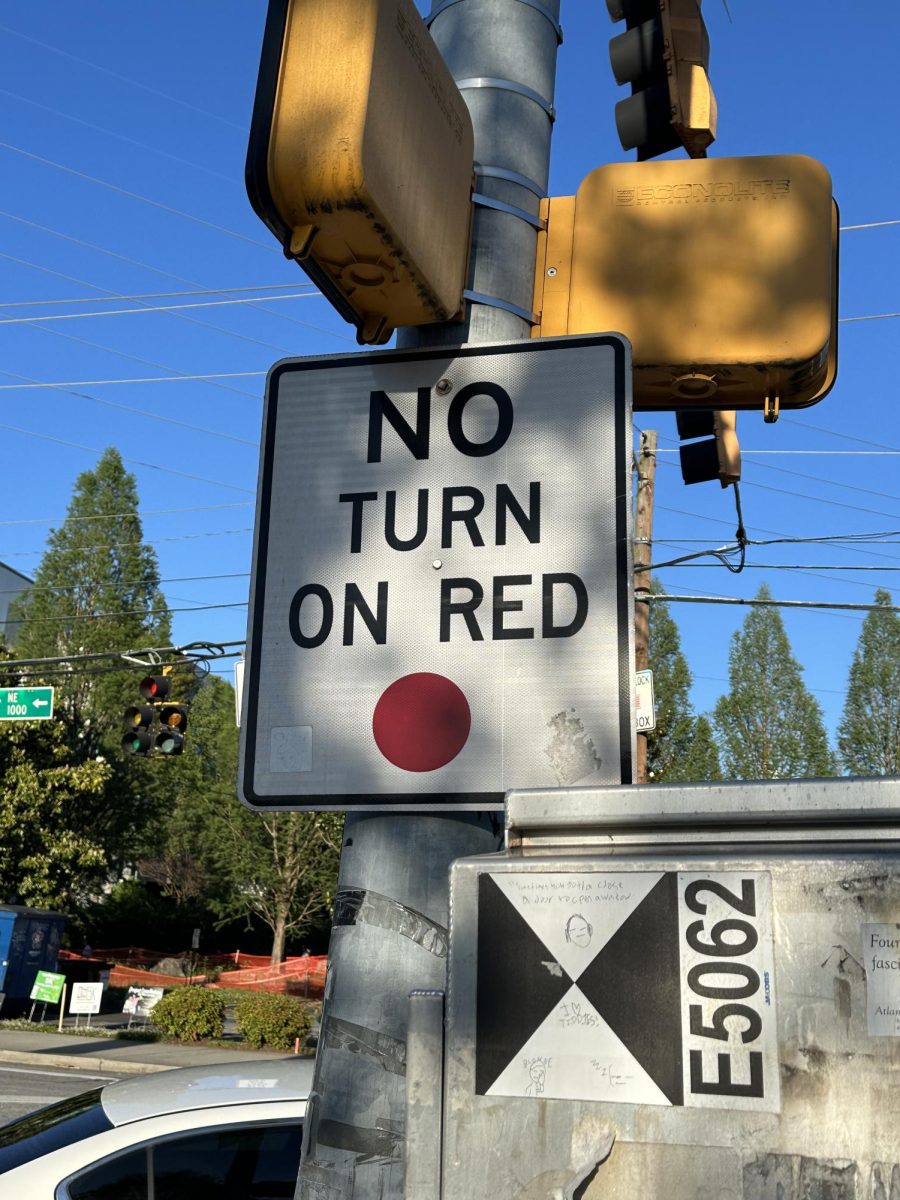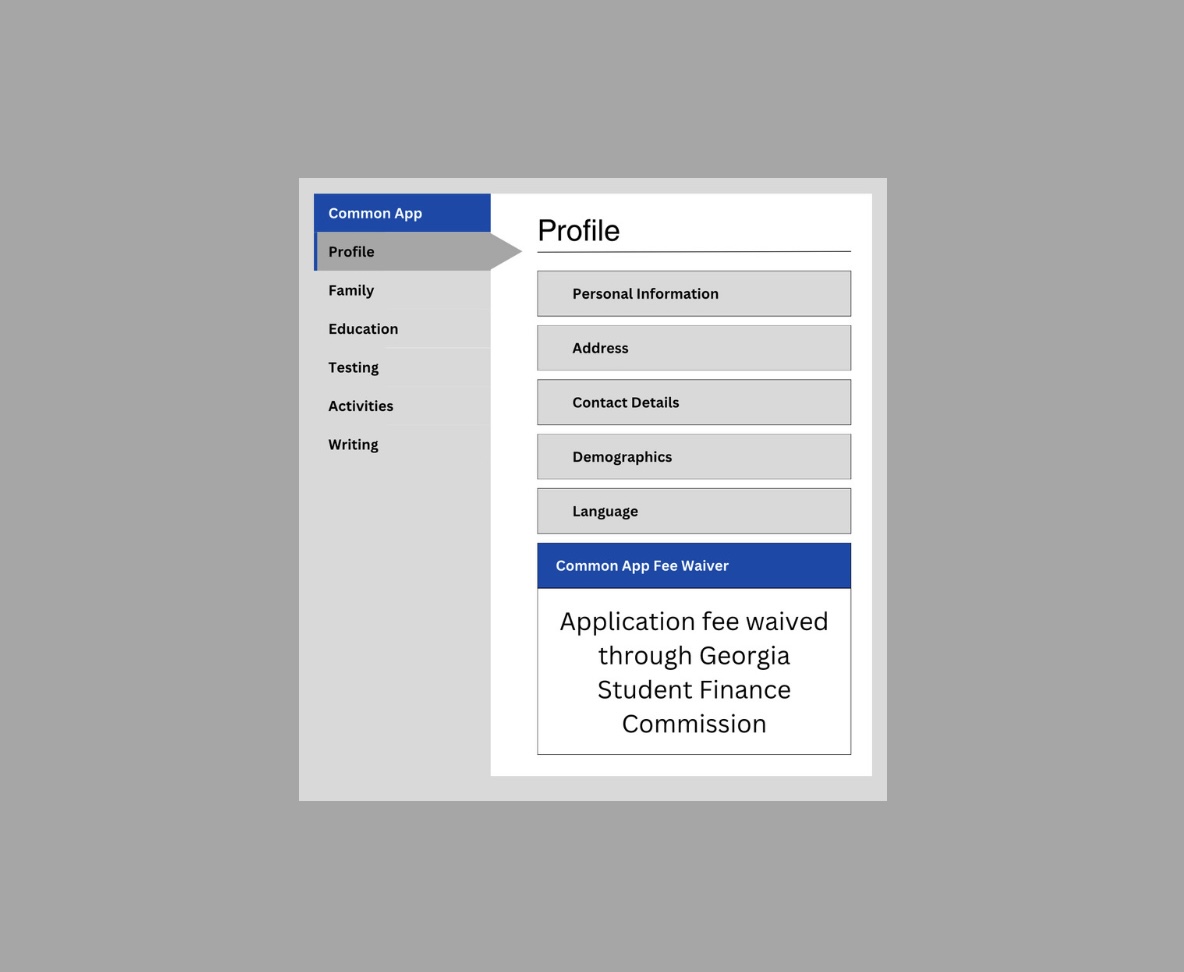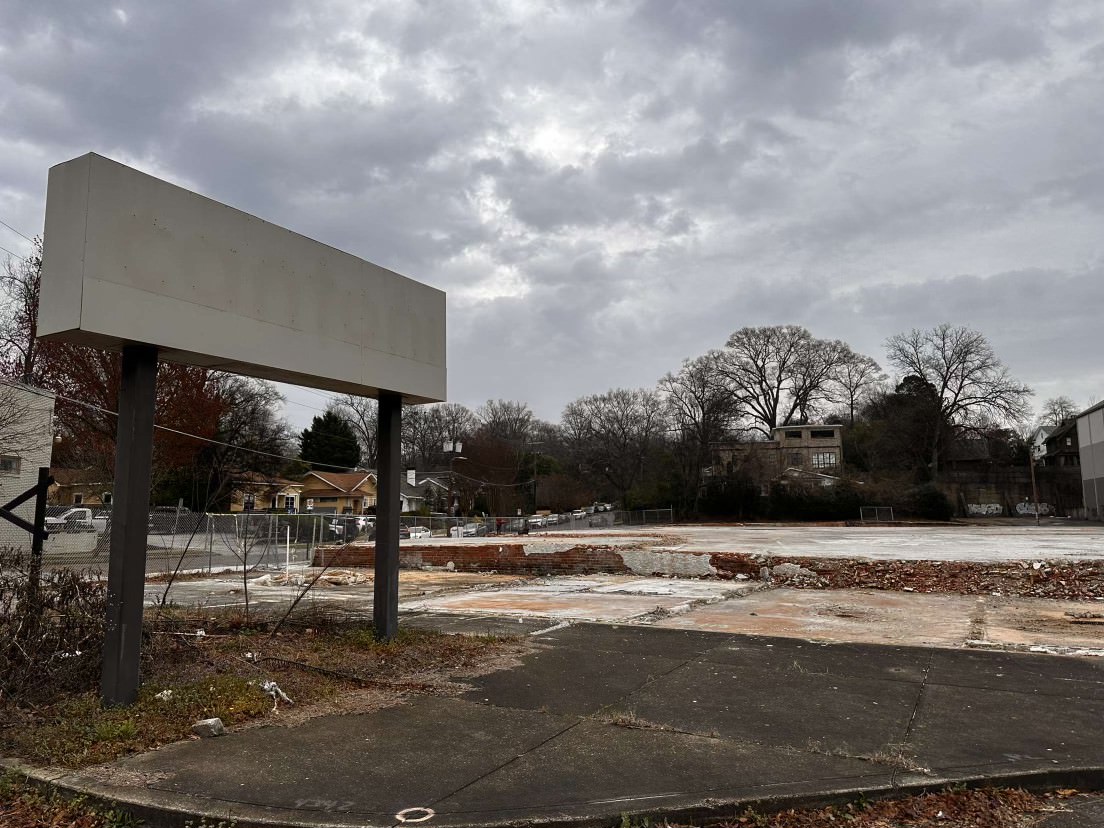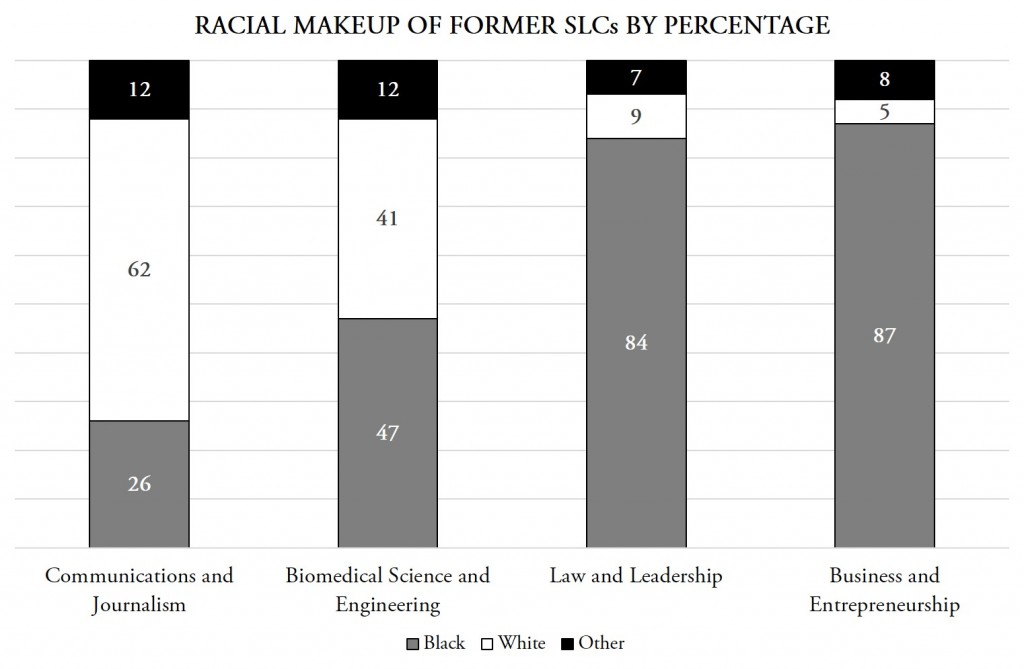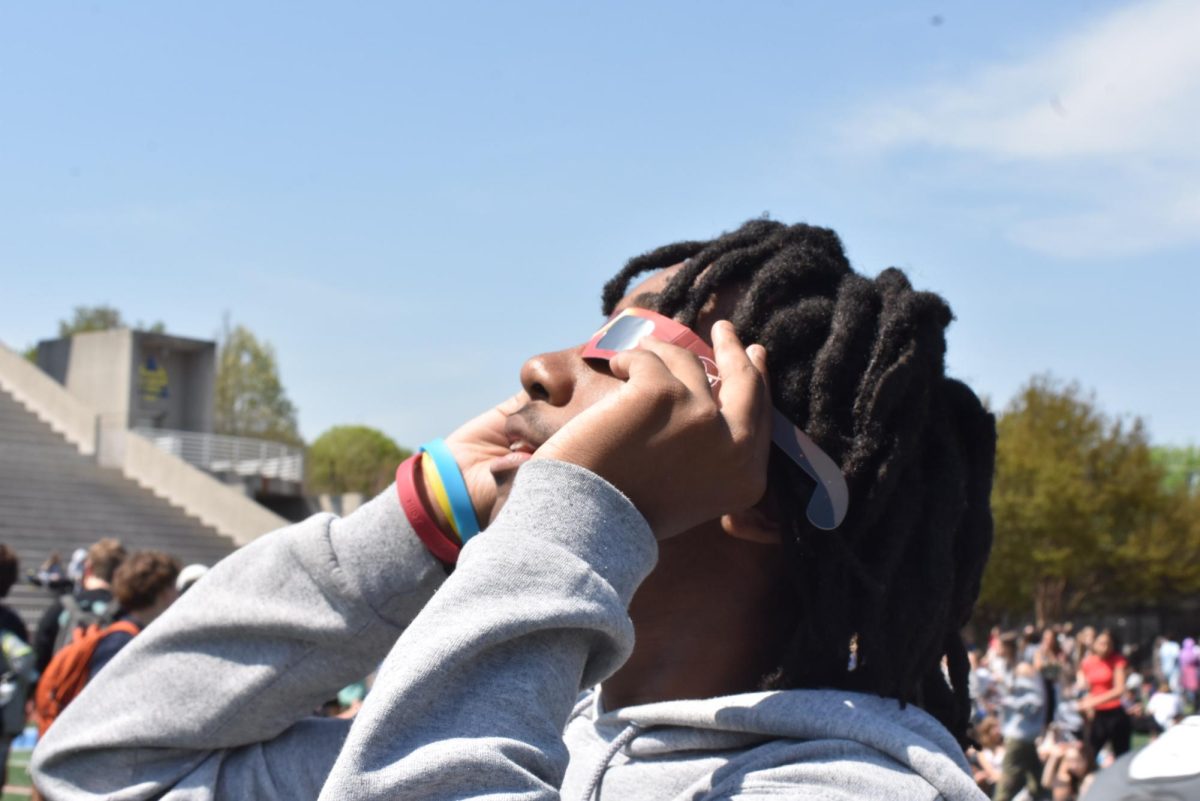Vincent, 12th grade assistant principal and former B&E Small Learning Community leader, said he was generally pleased with the elimination of SLCs in favor of a grade-level academy model because it allows more students to pursue their interests.
“For the Grady community, we knew it didn’t work; to say you’ve got to do one of these four pathways,” Vincent said.
While completion of one of the SLC pathways was never mandatory, “it was preferred,” Vincent said.
Vincent said administrators spent a lot of time attempting to “handcuff” students to a pathway within an SLC.
“If you wanted to make your primary pathways art or Latin, the state said you could, but Grady said you couldn’t,” Guiney said.
Ali praised the elimination of SLCs, claiming the new system gives students more freedom to select courses that truly interest them.
“It’s awesome that they’ve destroyed these pathways because we actually have an opportunity to do what we want,” Ali said.
Ali said many of his engineering classes were filled with students who had little interest in engineering and had just enrolled in the class because the completion of the class seemed mandatory.
“Because they weren’t giving us the freedom, a lot of people just went through the motions and didn’t get anything out of it because they weren’t interested in it,” Ali said. “That’s a real detriment because it’s an entire block in their schedule every other day to just throw away.”
Raymond Dawson, 11th grade assistant principal and former BS&E Small Learning Community leader, said SLCs were useful specifically because they imposed structure on incoming high school students.
“It brought some focus or at least it tried to force some focus on what young people might think they want to do,” Dawson said.
With their new-found freedom, many more students this year enrolled in art classes and dropped engineering and business and entrepreneurship pathway classes.
The BS&E and L&L Small Learning Communities each previously required two teachers to manage pathway classes. This year, the requirement has shrunk to a single teacher that manages each pathway.
Guiney said he plans for an in-depth analysis this year to determine if SLCs actually reduced academic disparities. Even without the analysis, Guiney said he is confident the elimination of SLCs is in the best interest of Grady students.
Vincent said he thinks the community approves of the new system because he has received notably fewer complaints than when SLCs were in place.
“The positive recognition is the absence of negative recognition,” Vincent said.

